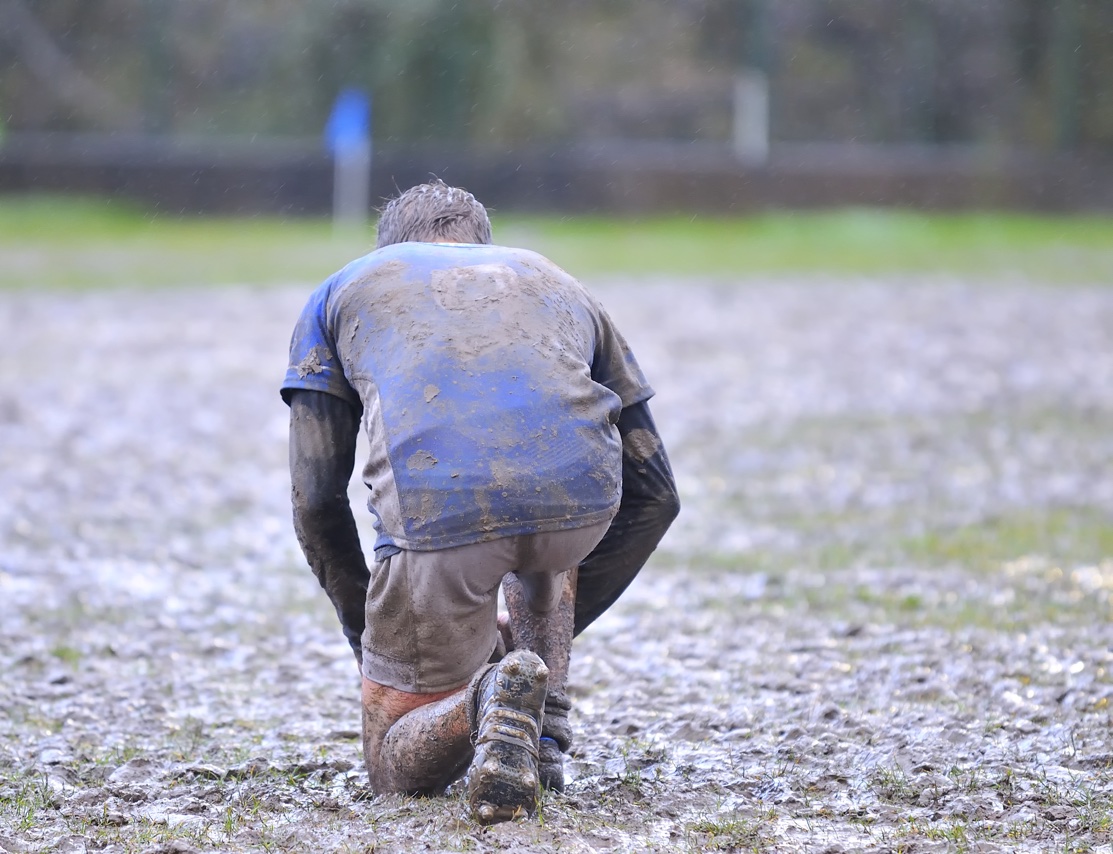In any kind of sports, there’s at least two levels of thinking. The strategic level, and the dynamic in-game level. These two levels are quite different in approach, but both play an important part in defining the success of team or individual.
A football coach will spend hours watching videos of the opponent, learn about their trends, look for strengths and weaknesses and match these to their own team. Getting a good picture of the opponent allows the coach and team to have clear offensive and defensive strategies. With each wave of plays by the other team, the coach, and by extension the team, will know how to respond.
To capitalise on the strategy and actually be able to perform in a game, the teams individuals need to be skilled in their sport. They need to have a certain level to execute the strategy which has been decided upon.
“No battle plan ever survives contact with the enemy.”
― Helmuth von Moltke the Elder
Game Day
Strategy may fail if the opponent makes surprising or unexpected changes. The high-level strategy may need to give way to a more dynamic one. Your team may be failing to execute on planned strategies and be fumbling.What do you do when this happens? Sit and watch while your opponent takes control, or change your execution and game plan? Exactly. You adapt.
Now, the coach may be able to see the game play out clearly, and instruct the players to adjust with specific instructions. Micromanaging a team like this is next to impossible and the fact that the coach is on the side line means there’s no chance of effective communication. There’s a strong chance they will fail, and lose.
On the other hand, if the team has been training together. Getting to know each other, and have practiced effective formation changes that may or may not arise in a game then matters are completely different. Now the coach can utilise his strategic view and instruct key members on the team. Those members pass on the strategic change, and more or less adapt as a unit. Instead of being micro managed, they are being guided by strategy, and now have a chance.
TL;DR
Executing without strategy is a losing game. You may get lucky, but the odds are against you.Having a strategy with poor execution isn’t much different. You may be able to win a few times, but when the tide turns, you struggle to adapt and recover.
Having the strategic view, and the execution to follow-up is the only way to not only achieve whatever you set out to do, but also be able to adapt to whatever gets thrown at you.
Bringing it home
There are parallels that can be drawn to any personal, or team endeavour. It could be for sports, or for your company. Your strategy doesn’t need to be grandiose, but you need to have one.It’s that bigger picture that will allow you to execute on a day-to-day basis.
So, what about you? Are you spinning in place & firing in all directions or are you failing on executing in your direction?
The good news is all i not lost. Strategy can be adjusted. Skills can be learned. And if the skills just aren’t there, then adjust your strategy!
What about me?
I’ve been in the camp of not having a strategy. It was intentional, since part of the plan was to try many things and see what stuck. Then came the important aspect: Take a step back, reflect and strategize.I failed at doing this last, important part, and it’s left me at a place where I have many balls in the air with my personal blog, Coding with Empathy, my recent daily stoic vlogging experiment: The PAVLOG, and upcoming speaking event at NDC Oslo.
So I’ve been taking a little breather to gather my thoughts and think at a higher level. I haven’t landed on a concrete strategy, but it’s slowly starting to form.
It’s time to raise my head above the clouds for some perspective and execute the hell on that.
Also published on Medium
